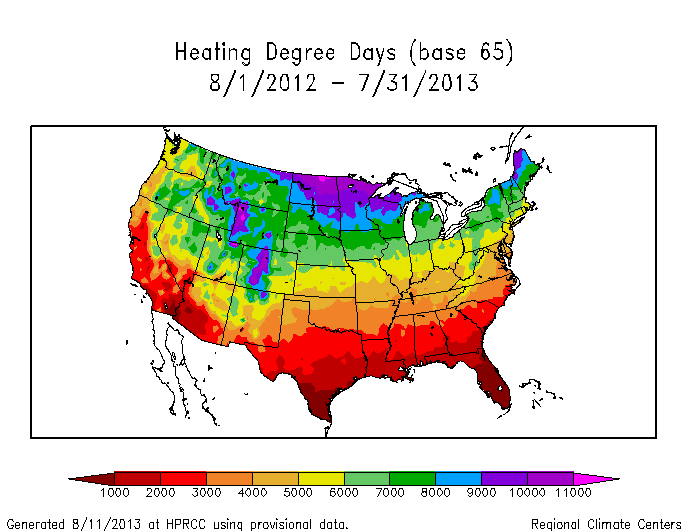Insulation
When it's cold outside, you put on a thick warm jacket, right?
Adding insulation to our buildings is the single most influential thing we can do to reduce CO2 and GWP on our planet. When you think about, buildings consume almost half of the world’s energy. And out of all the energy that is consumed by buildings, heating and cooling represent by far the biggest component. That is a fact.
High performance building designers don’t like insulation, we love insulation. It not only makes sense for the environment, but it saves a lot of money for building owners and increases interior comfort. Think about it, don’t you use a thick warm jacket in the wintertime? Shouldn’t our home also have a thick warm jacket, as well? No one is comfortable in the cold without a jacket.
How much insulation should we use?
This is not a straightforward question to answer. There are many factors, but it largely depends on two factors, your local exterior climate and your interior climate conditions.
We must draw from examples found in nature. Animals have adapted to their local climate conditions very well. For example, why are the deer found in Minnesota larger than deer found in Tennessee? Simple, they have more ‘insulation’ (fat, body mass) because they live in a colder climate.
Our buildings should be designed the same way. The colder the area, the more insulation we need. It does not make sense to have the same insulation level for a house in Tennessee as you would for a house in Minnesota. Sadly, the 2×6 wood frame with fiberglass has become the darling child of your average builder. This does not make sense for the vast majority of North American climates.
The following map displays the various heating degree days across the United States. The higher the number, the colder it is. Check here for a description of what a HHD is. Overall, the higher the number, the more insulation we need to keep warm.
Heating degree day map of the USA (Source)
What insulation materials should we use?
When it comes to insulation, there is no shortage of options. Every project will demand different types of insulation based on the climate conditions, interior space usage, economic constraints, local market availability, products familiarity with the trades, environmental impact, and the clients’ preference.
Insulation has several performance characteristics that are very important to consider.
- Conductivity value (R Value)
- Permeability (How easily can water vapor move through it)
- Cost
- Embodied energy (Environmental Impact)
Some common insulation materials are:
- Fiberglass
- Cellulose
- Mineral wool
- Expanded polystyrene foam (EPS)
- Extruded polystyrene foam (XPS)
- Polyisocyanurate foam
- Polyurethane foam
- Mineral wool
All of these materials have their benefits and drawbacks. You must consult with a building scientist to see which material best fits your project’s needs.





